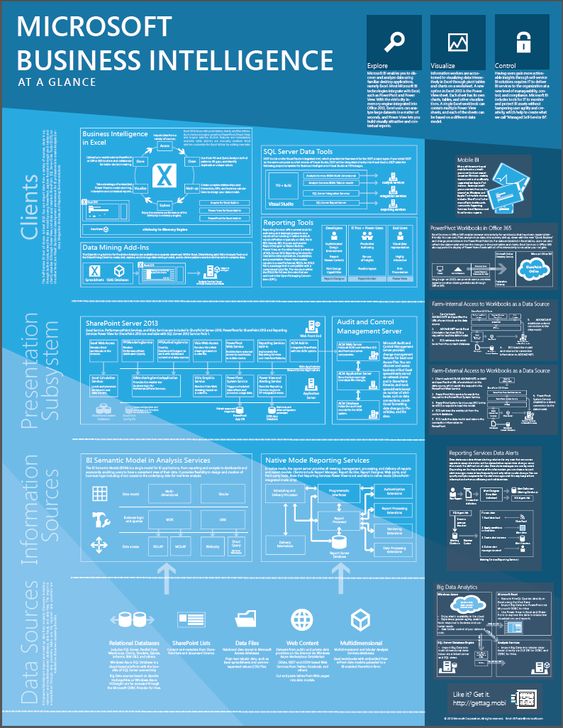Business Intelligence (BI) is the process of converting raw data into meaningful insights for decision-making. A BI roadmap is a strategic plan that outlines the steps needed to build and improve BI capabilities within an organization. Here’s a roadmap to help you become a successful Business Intelligence Analyst:
1 Define Business Objectives:
The first step in developing a BI roadmap is to define the business objectives. You need to identify the key business problems and opportunities that BI can help solve. This will help you prioritize the BI initiatives that align with the business objectives and provide the highest ROI.
We Recommend the following FREE Courses:
Power BI for Beginners Introduction to Business
Business Intelligence and Competitive Analysis
2 Assess Data Needs:
Assessing data needs involves identifying the data sources and types required to support the BI initiatives. You need to determine the data quality, availability, and accessibility, and ensure that the data is relevant to the business objectives. This will help you create a data architecture that supports the BI initiatives.
3 Design Data Architecture:
The data architecture is the foundation of the BI system. You need to design a data architecture that can support the data needs and BI initiatives. This includes selecting the appropriate data storage, data processing, and data integration technologies. This will help you create a scalable and flexible BI system that can adapt to changing business needs.
We Recommend the following FREE Courses:
Design and Build a Data Warehouse for Business Intelligence Implementation
Business Intelligence Concepts, Tools, and Applications
4 Develop Data Governance:
Data governance is the process of managing data to ensure its quality, security, and compliance. You need to establish data governance policies and procedures to ensure that the data is accurate, consistent, and secure. This will help you maintain the integrity of the data and minimize the risks associated with data breaches.
We Recommend the following FREE Courses:
Data Warehousing and Business Intelligence
Database Design and Operational Business
5 Choose BI Tools:
Choosing the right BI tools is critical to the success of the BI system. You need to select BI tools that can meet the data needs and support the BI initiatives. This includes selecting tools for data visualization, data analysis, and data reporting. This will help you create a user-friendly and intuitive BI system that can provide meaningful insights to the end-users.
We Recommend the following FREE Courses:
Business Intelligence Concepts, Tools, and Applications
6 Create Data Models:
Creating data models involves defining the data structures and relationships that support the BI initiatives. You need to create data models that can support the data needs and enable data analysis. This includes selecting the appropriate data modeling techniques such as star schema and snowflake schema. This will help you create a consistent and reliable data model that can support the BI initiatives.
7 Develop BI Applications:
Developing BI applications involves creating applications that can support the BI initiatives. You need to develop applications that can provide the end-users with the insights they need to make informed decisions. This includes developing dashboards, reports, and scorecards. This will help you create a user-friendly and effective BI system that can provide valuable insights to the end-users.
8 Establish BI Governance:
BI governance is the process of managing the BI system to ensure its effectiveness and efficiency. You need to establish BI governance policies and procedures to ensure that the BI system is aligned with the business objectives and provides the expected ROI. This includes establishing performance metrics and monitoring the BI system performance. This will help you maintain the effectiveness and efficiency of the BI system and ensure its alignment with the business objectives.
In conclusion, developing a BI roadmap involves defining the business objectives, assessing data needs, designing data architecture, developing data governance, choosing BI tools, creating data models, developing BI applications, and establishing BI governance. By following this roadmap, you can build and improve BI capabilities within your organization and provide valuable insights for decision-making.


